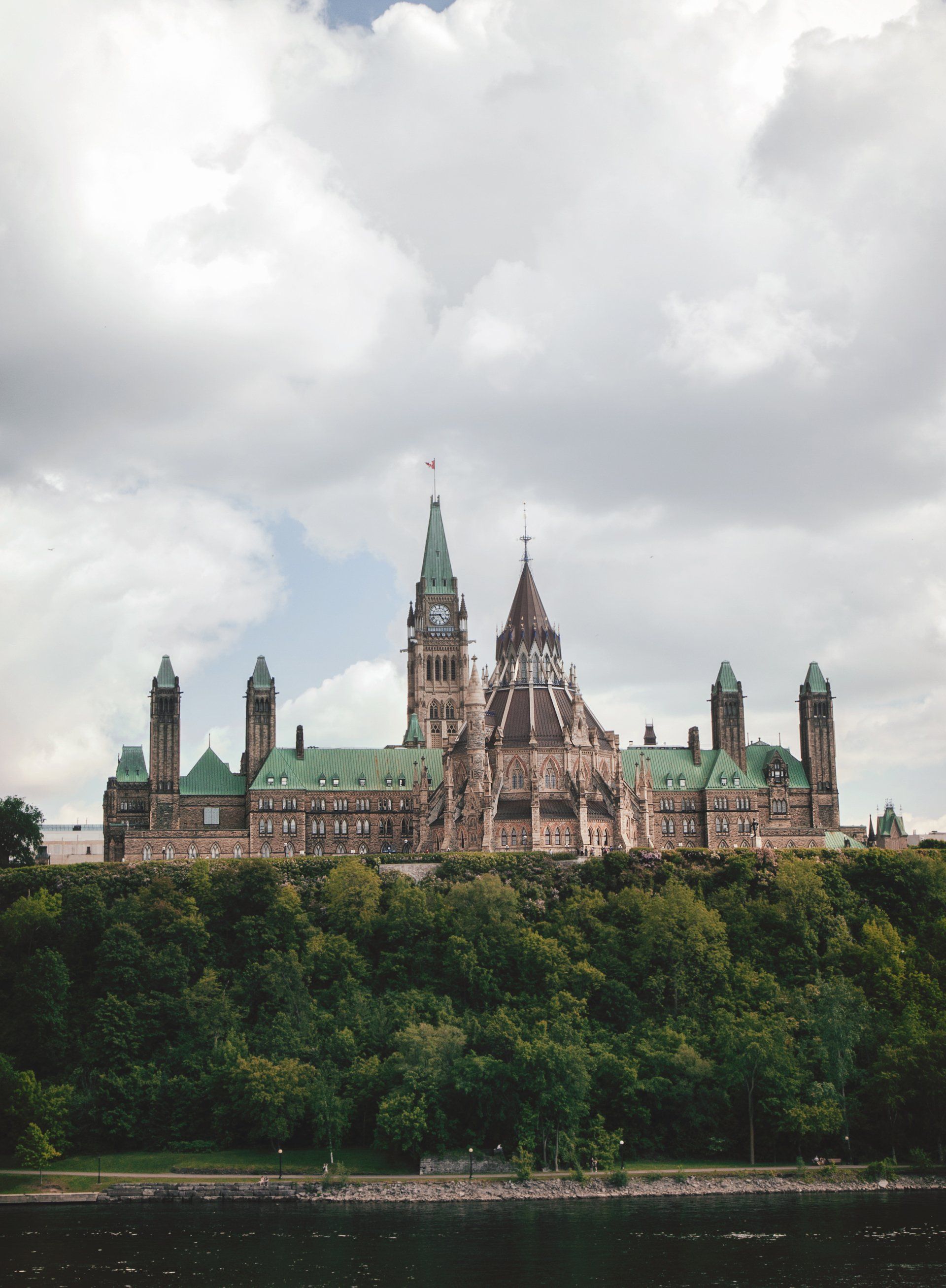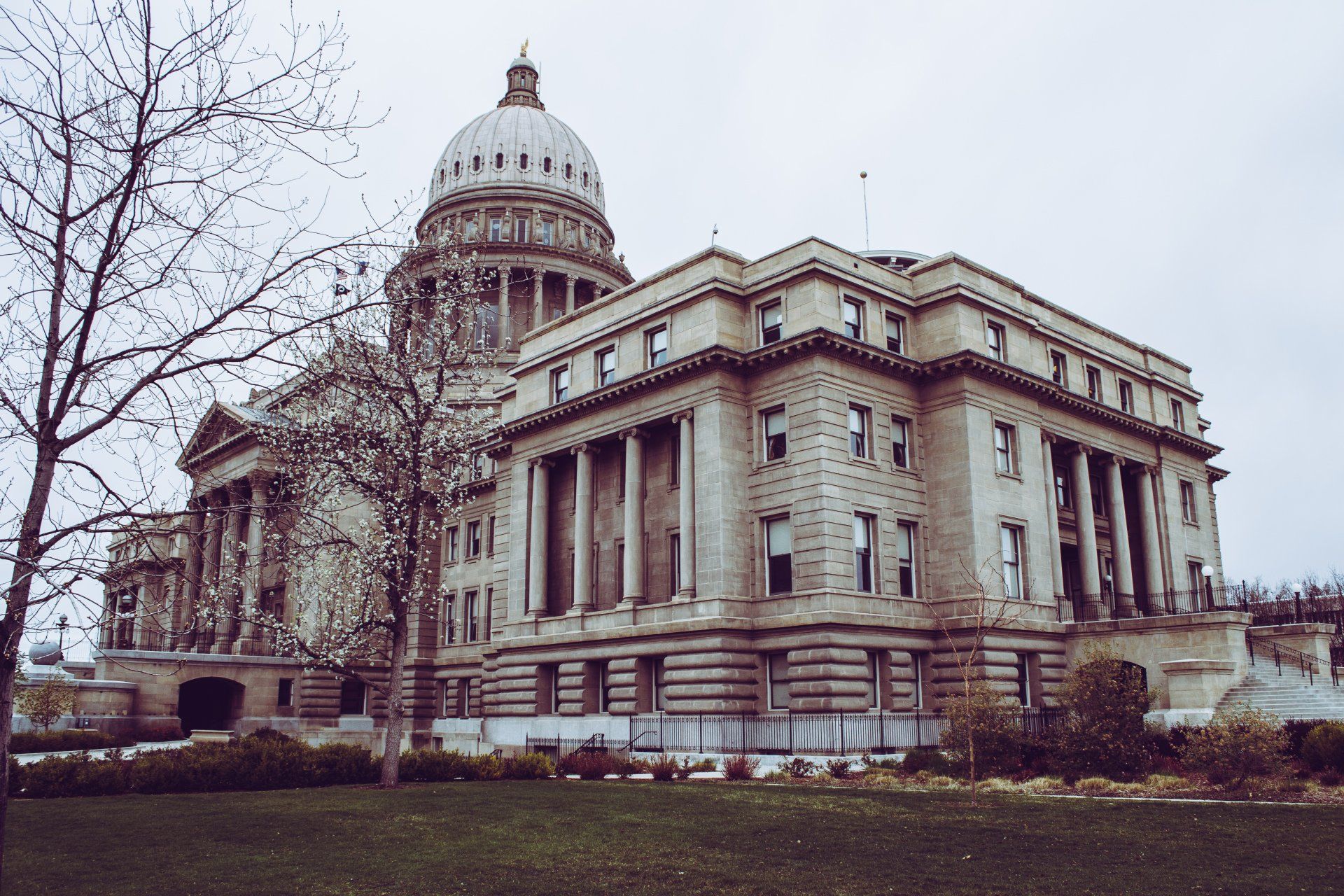Voluntary Payment Platforms
What are the pros and cons?
Voluntary payment-funded companies are online platforms that allow users to access content for free and voluntarily ask users to make donations to the company. A great example of this is Wikipedia, which is free to use but prompts users for donations to keep the site running. Other forms of voluntary payment-funded companies include platforms that give creators a chance to monetize exclusive content, while also providing free content on other platforms such as Patreon and Buy Me a Coffee.
At the beginning of 2020, the number of users and creators grew 40 percent - with just over 6 million individual patrons on Patreon. Users are enjoying exclusive content from their favorite creators which can help support them and enable them to create future content.
In the last couple of years, voluntary payment-funded companies have grown in popularity due to the COVID-19 pandemic among other reasons.
This article examines the benefits and potential drawbacks of Voluntary Payment Platforms and if this business model is viable for creators and other online businesses.
Advantages of Voluntary Payment Platforms
Predictable Income
Patreon is a frequently used platform by content creators, such as YouTubers, Influencers, and Podcasters as a monthly membership tool to bring exclusive content to fans. Patreon allows subscribers or fans to financially support their favorite creators, in some cases for as little as $1 per month. The site features a tiered membership system, in which creators can set different tires for more exclusive content. Out of the 200,000 creators on Patreon, an estimated $2 billion has been earned among creators. Having the option to monetize content gives creators a steady flow of income that is predictable and scheduled. Payment is also very flexible, with the option to view balances on the site and disperse earnings whenever they want.
One of the most popular creators, The Tim Dillon Show, has a total of 43,521 patrons and earns CA$275,510 per month. With two pricing tires, Skull and Bones at $7 per month, and The Rothschilds at $27 per month, the show provides options for users to choose which benefits they want to receive in exchange for a monthly fee. The Tim Dillion Show operates a YouTube channel and uses Patreon as a means for a more stable revenue stream. It’s easy to see that from the 429 thousand subscribers on YouTube, almost 10% of that audience is a member of Patreon.
Creating a Strong Online Community
Having a voluntary payment-funded platform creates a closer-knit community to which only your biggest fans would choose to subscribe. This helps build a stronger relationship with your audience and allows creators to invest more time into tailoring content to what they want. Having access to your top followers and being able to strike conversations about content will result in new content that better serves the audience.
Growing a committed audience on such a platform gives creators a way to gain filtered feedback that comes from trusted voices. On public platforms, spam and online trolls take up the comment section which can lead to frustration and useless feedback.
Using one of these platforms also frees up time for creators as they don’t have to spend significant time booking brand deals or finding sponsors to support their content. If your online audience is large enough, you may be able to survive financially by just using Patreon or Buy Me a Cup of Coffee. This leaves more time for developing content and expanding your online community.
Customer Benefits
Customers, or patrons, reap many benefits when accessing content from their favorite creators. The biggest benefit is seen through early access to content, with 37% of creators using this as the main feature for their patrons. In addition to early access, patrons can also subscribe for exclusive content, which is usually what drives them from YouTube to Patreon. They would also gain access to a library of content, watch parties, private Discord servers, and more.
Creators who have higher tiered memberships may offer merch to members, which Patreon offers as an add-on for 3% more per month. It’s popular enough that 15% of creators offer this package, which can be one-time, time-based, or recurring merch. Merchandise can include anything from branded stickers to pins to clothing. All creators have varying benefits for single-tiered or multi-tiered memberships that are specific to their content.
Disadvantages of Voluntary Payment Platforms
Platform Concerns
Platforms, such as Patreon and others, which offer tired membership options can create overhead and management issues for creators. With each tier of membership, more exclusive content or rewards are required. On top of typically running a YouTube channel and other social platforms, providing monetized content creates significantly more work for creators. There is added strain of providing more exclusive content for higher tiers and making sure that patrons find enough value in the content.
Another issue with running a site like Patreon is that success on the platform is tied to having other platforms and online communities. Patreon, or Buy Me a Coffee, are platforms that simply manage recurring payments. It’s the creator’s job to move fans from other, usually free, platforms to the voluntary payment-funded company in hopes of converting them to a member. However, generating a community on a site like Buy Me a Coffee ultimately undermines the other communities the creator has made on other platforms.
Membership Challenges
The membership business model can be difficult to sell, especially when most of the time fans can find their favorite creators for free, like on YouTube. Many users watch dozens or even hundreds of creators on YouTube without paying anything, so being a member on Patreon for a single creator takes commitment. However, fans may find the monthly subscription intimidating, with some feeling pressured to continue the membership after the first month.
If some users find that they are unhappy with their membership or forgot to cancel, getting a refund is challenging. Since each creator oversees their page, users must contact the creator directly. They then must wait for a review by the creator and a possible refund may be issued. This can be frustrating for users and may deter them from another membership opportunity with other creators.
High Fixed & Variable Fees
Creators pay a percentage of donations to Patreon as a fee to operate on the platform. Patreon offers three pricing tires, Lite, Pro, and Premium, in which they take 5%, 8%, and 12%, of monthly income, respectively. If a creator is just starting, the Lite versions would likely be enough. However, it offers very limited capabilities and any sort of growth on the site will eventually force the creator to upgrade to the Pro or Premium plan.
With the high variable fees from Patreon, creators can lose hundreds or thousands of dollars per month. On top of that, payment processing fees are high, at 3.2% plus CA$0.35 per payment over $3 and 5% plus CA$0.10 under $3. This fee is fully incurred by the user, which adds to their already generous donation.
The same can be said for Buy Me a Coffee, which takes 5% per transaction for access to all site features. Buy Me a Coffee also doesn’t have payment fees, which reduces the cost for customers and likely increases the chance of membership. Overall, the creators miss out on a significant portion of their revenue and members are required to pay more to the platform handling the transaction.
Is The Voluntary Payment Model a Viable Way To Do Business?
Voluntary payment-funded companies are a great resource for online creators to gain a steady stream of income, connect with their audiences and grow their platforms. They also provide many benefits to users, allowing them to voluntarily support their favorite creators and be rewarded with a series of benefits.
Some issues arise with high, unavoidable fees for both creators and users, which provide revenue for the platforms. Overall, this business model is viable for creators with existing audiences and a demand for more content from fans. However, without a sizable following, creators may find it difficult to turn a profit using this model.


